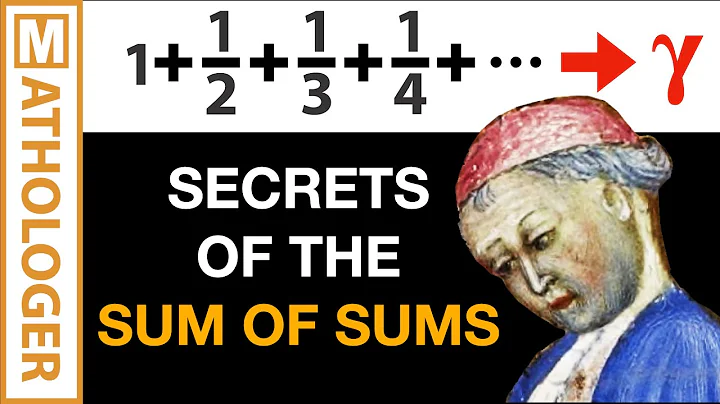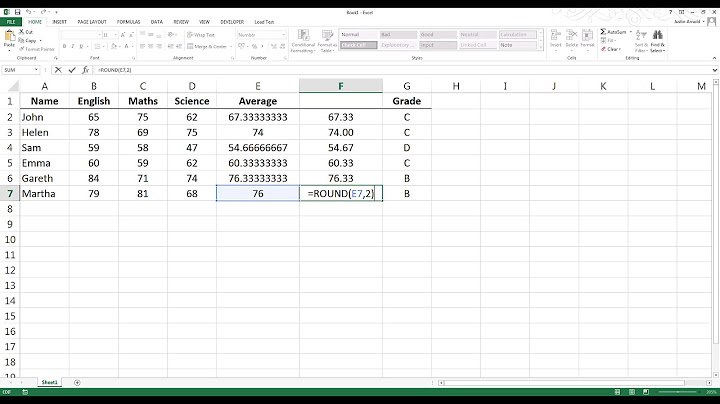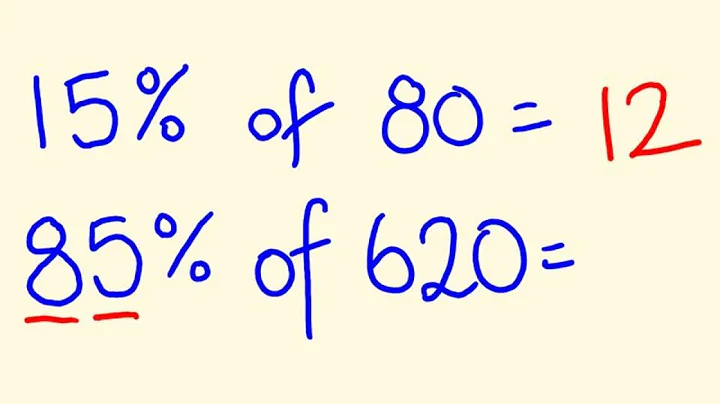Why precision is decreasing when multiply sum to other number
Solution 1
Aggregating a numeric(18, 8) with SUM results in the datatype numeric(38, 8).
How the resulting datatype is calculated when multiplying something with numeric can be found here: Precision, Scale, and Length (Transact-SQL)
The datatype for your constant -1 is numeric(1, 0)
Precision is p1 + p2 + 1 = 40
Scale is s1 + s2 = 8
Max precision is 38 and that leaves you with numeric(38, 6).
Read more about why it is numeric(38, 6) here: Multiplication and Division with Numerics
Solution 2
If you read SUM's reference page, you'll see that on a decimal column it yields a type of NUMERIC(38,6). You need to cast the result of the SUM to NUMERIC(18,8) for it to work the way you want.
Executing SELECT CAST(SUM(Qnty) as numeric(18,8)) * 2.234
FROM #temp yields 0.00000013404 as you'd expect.
Related videos on Youtube
Victor Chekalin
Updated on September 15, 2022Comments
-
Victor Chekalin over 1 year
I have encountered with following bug (or feature) in SQL Server.
When I use
SUM (*column*)wherecolumnhas anumeric(18, 8)type and multiply it to any other number (integer or decimal) the result precision is reducing tonumeric(18, 6).Here is the example script to demonstrate.
CREATE TABLE #temp (Qnty numeric(18,8)) INSERT INTO #temp (Qnty) VALUES (0.00000001) INSERT INTO #temp (Qnty) VALUES (0.00000002) INSERT INTO #temp (Qnty) VALUES (0.00000003) SELECT Qnty, 1*Qnty FROM #temp SELECT (-1)*SUM(Qnty), SUM(Qnty), -SUM(Qnty), SUM(Qnty) * CAST(2.234 as numeric(18,8)) FROM #temp DROP TABLE #tempThe result of second SELECT query
0.000000 0.00000006 -0.00000006 0.000000As you can see then I multiply SUM the result is 0.000000
Could anyone explain the strange behavior?
UPD. I executed this query in SQL Management Studio on 2000, 2005 and 2008 SQL Server.
-
Gabe over 11 yearsI read that whole thread and didn't find anything in there that would explain the observed problem.
-
Victor Chekalin over 11 yearsThanks. But why max scale is exactly 6? Why not 4 or 8?
-
 Mikael Eriksson over 11 years@VictorChekalin According to the link I added " we decided preserve a minimum scale of 6 in both multiplication and division".
Mikael Eriksson over 11 years@VictorChekalin According to the link I added " we decided preserve a minimum scale of 6 in both multiplication and division". -
Ingo over 11 yearsthen you havent read the explanations from Mat Henaire: ..., the result should be a numeric(77, 20). However, this is above SQL Server's maximum precision, so the result would need to be truncated. An implementation decision was made to sacrifice some scale to gain more digits on the left side of the decimal point, up to a minimum of scale 6. So the numeric(77,20) is actually converted to numeric(38, 6). The same behavior happens for division. That decision is based off the assumption that digits on the left side of the decimal point are usually more important than the ones on the right side.
-
Ingo over 11 yearswhich again is what Mikael Eriksson explains in his answer above
-
Gabe over 11 yearsWhy didn't you just post that in the first place (with a link to the source)? Unfortunately it still doesn't apply to the OP because his numbers are all
numeric(18,8)rather thannumeric(38,10). -
jezza101 about 7 yearsIt does apply, the maximum is still exceed when the operations occur.
-
David over 5 yearsThank you. Found the following article useful (codeproject.com/Articles/769823/…)


















